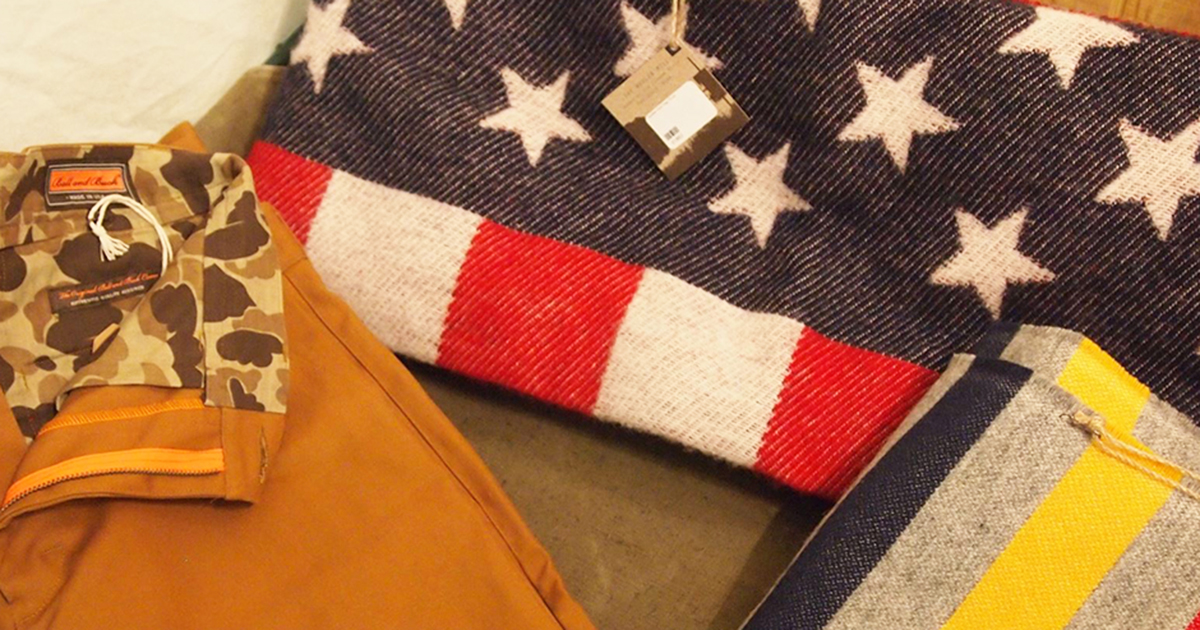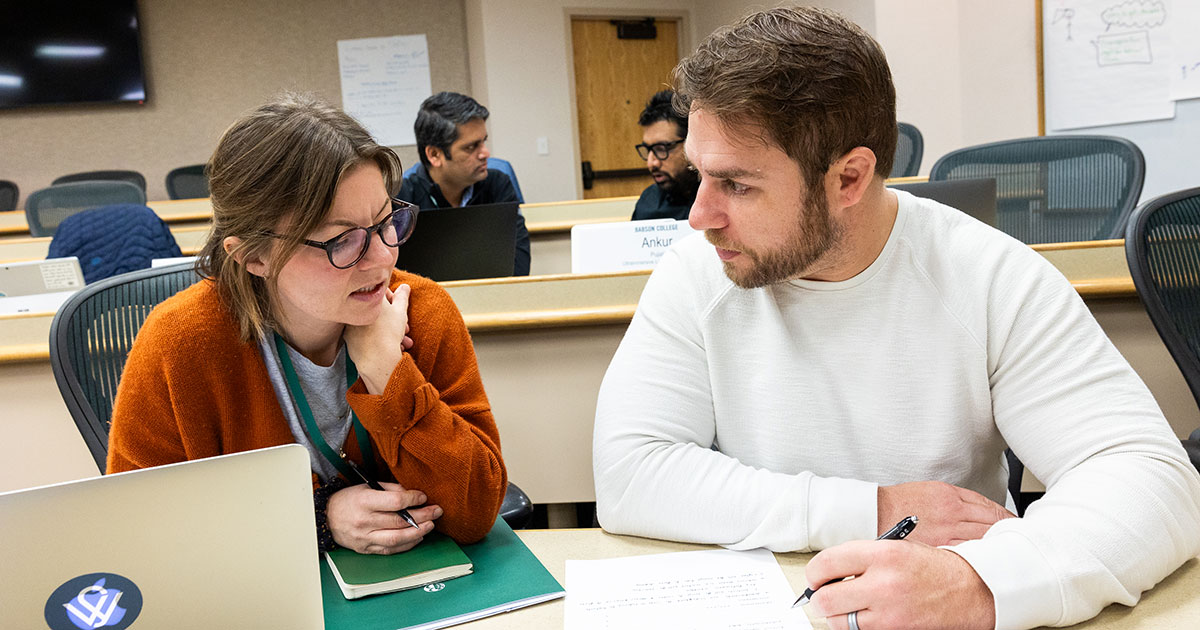Growing the Maker Movement at American Field

For entrepreneur Mark Bollman, the concept of American Made isn’t a trend or a passing fad. It’s a movement.
It’s about the makers, artisans, and crafters creating the highest-quality goods on the market. It’s about consumers valuing the artistry and the values behind the goods they buy. And, it’s about making purchasing decisions that have a positive impact on the American economy.
For Bollman, founder of pop-up marketplace American Field, it’s about showcasing the best in American made goods, and the entrepreneurs behind them.
Made in America

By the time he began studying entrepreneurship at Babson College, Bollman had a series of successful ventures under his belt, including an award-winning media conversion business. During his sophomore year in 2008—in the midst of the country’s economic downturn—Bollman identified a growing trend in outsourcing and decrease in quality of products; in short, things weren’t being “made like they used to.” That inspired him to create Ball and Buck, a made in the U.S.A. menswear brand for the sporting gentleman.
Bollman believes American consumers have an ever-growing demand for locally made products that align with their personal values. For those passionate about high-quality goods made in the U.S.A., that’s what Ball and Buck provides.
“It’s not about how we can make things the cheapest overseas,” he says. “It’s about how we can make products the best, longest-lasting, and of the highest quality.”
The Birth of American Field
Soon after making Ball and Buck his full-time focus in 2011, Bollman opened a storefront on Boston’s Newbury Street and launched an e-commerce website. The store performed well, but Bollman knew the market for his product expanded beyond Boston’s boundaries. To grow online sales, he needed to build brand awareness. “It became clear that meeting customers face to face, putting the product in their hands, would be the most impactful way to connect them to the brand.”
And so, American Field was born.
In 2012, the first American Field event was held in Boston with the mission of showcasing high-quality American brands, and connecting those brands directly with customers. Forty vendors joined Ball and Buck at the two-day, free-to-the-public, pop-up marketplace, with products ranging from hand-crafted shoes to locally brewed beer, all with one important detail in commonality: being made in the U.S.
“American Field is designed to connect all of these companies together and create an offering of products that represents all different facets of the clothing and the USA-made product world,” said Bollman in an American Field video.
Four years since that first pop-up event, American Field has grown exponentially, expanding to new cities each year. In 2015, more than 17,500 people attended the marketplace in its four cities. More than 500 vendors applied for spots, with 301 ultimately being chosen. This fall’s six-city tour kicks off in Boston, then moves to San Francisco, Washington, D.C., Atlanta, Nashville, and concludes in Brooklyn.
Where Makers and Entrepreneurs Intersect
At the first event in 2012, it became clear to Bollman and his vendors that American Field was not only a way for American-made brands and the makers behind them to meet like-minded consumers. It also was a way to connect with fellow makers, artisans, and craftsmen who shared a similar passion, and encourage collaboration.
“I love meeting and chatting with other entrepreneurs in the American Made fashion industry, understanding what’s working and how they’re growing,” said Ashley Hannah, vice president of sales for Mizzen + Main, in an interview with PonceCityMarket.com.
For Bollman, that’s precisely the point. “The event doesn’t promote the idea of being competitive, or in competition with the other vendors,” he says. “It’s more about working together and helping each other.”
Bollman says vendors and sponsors alike come to the event with collaboration and integration in mind, and, as a result, create new products. Sanborn Canoe Company partnered with Jack Daniels to create a bourbon barrel canoe paddle. Topo Designs and Ursa Major were at an American Field show together and later collaborated on a product they still sell today.
“Those examples are just the tip of the iceberg,” says Bollman. “There is so much collaboration—it speaks to the mission and the difference of American Field.”
Growing the Movement
As American Field continues to expand and gain recognition, Bollman hopes to bring the experience to more people, places, and spaces.
First, an online marketplace. “Think about it: we have six, two-day events this year. That’s 12 days total,” says Bollman. That means if a consumer or vendor were to attend every event, they’d have 12 days to shop or showcase products. “The marketplace gives American Field the other 353 days in the year.”
Bollman anticipates more major cities to be on future American Field tours, including global locations. Outside of major cities, Bollman and his team are exploring smaller, regional versions of the event, too. Rather than 100 brands at a single event in a major city, there will be 30–50 vendors at a more regional location (think Savannah, rather than Atlanta). “The passion for well-crafted goods is ubiquitous across the nation,” he says. “So there’s no question we’re looking to expand.”
All images were provided courtesy of American Field.
Posted in Entrepreneurial Leadership





